The future of work is diverse
Diversity in the workplace is more essential now than it’s ever been. If you’re wondering what that means and why it’s the case, we’re here to help shed some light on where things stand today, where we feel they’re headed in the future, and why there’s never been a better time to upgrade diversity and inclusion from buzzwords to business initiatives.
Exclusive online summit
·
May 23 2024
Moments that matter: how to seed great work
What's in this article
So, What Exactly is Diversity?

In terms of the workplace, diversity refers to an organization ensuring the talent pool they recruit, retain, and develop is a varied one. This means making efforts so that everything from different races and ethnicities, genders, religions, sexual orientations, and abilities are all well-represented within your walls.
It’s also something that you should view as an opportunity – not an obligation, or an exercise in political correctness.
One of the main things to understand when considering diversity is that it counts for very little without inclusion.
It’s about looking past the notion of simply employing a diverse group of people, and instead seeing such initiatives as your organization’s chance to tap a diverse set of experiences, backgrounds, world views, and methods of problem-solving. Your clients and your audience – not to mention the world at large – aren’t homogenous after all, so why would it benefit you to build a team that is?
But one of the main things to understand when considering diversity is that it counts for very little without inclusion – which represents the flip-side of the same coin – and its success begins and ends with your company’s culture.
It’s not just up to HR leaders, but every member of an organization to help foster a culture of inclusion and acceptance. In relation to diversity, inclusion is specifically where team managers working on the frontlines personally hold the greatest sway over how integrated and respected each employee feels.
If it’s up to an organization’s leaders to institute diversity and inclusion (D&I) initiatives across the board, it’s in the team managers’ hands to ensure those values are lived by the people they work with each and every day. This in turn directly affects a company’s bottom line as employees who feel they can bring their full selves to work are naturally more productive, and easier to recruit and retain in the same way that employees who feel well represented amongst their colleagues will always be more engaged on the job.
5 Types of Diversity in the Workplace
To help illustrate these points, we’ve compiled a selection of statistics related to diversity and inclusion taken from studies released over the past 5 years.
Multiple reports on this topic have emerged over that time, and while not intended to represent the entirety of diversity in the workforce, the information below works to provide a snapshot representative of the most common types of diversity companies and teams embarking on D&I initiatives can focus on in the immediate.
These include gender diversity, ethnicity, religion, sexual orientation, and disability – but keep in mind that diversity can also encompass anything from age, socioeconomic status, education, and beyond. The goal is ultimately to foster equitable recruiting, development, and overall lifecycle practices, that can result in diversity of thought throughout an entire enterprise.
The numbers below reveal some of the ways our unconscious biases can affect hiring practices, the ways certain areas of diversity are beginning to improve for the better, but mostly, how long of a road we still have ahead of us if we truly hope to get things right for employees and organizations alike.
Portion of 750 talent managers surveyed who list diversity shortcomings as a “significant” challenge to their recruiting efforts.
Race and Ethnicity
List diversity as a major factor in deciding where to work.
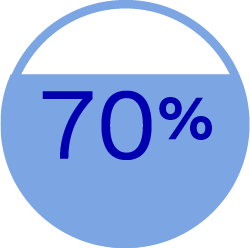
of Latinos
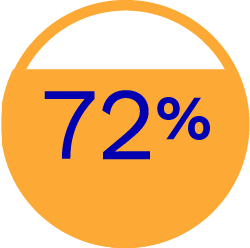
of Women
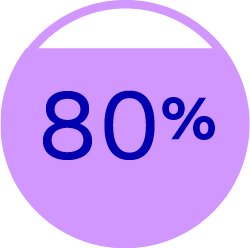
of Asians
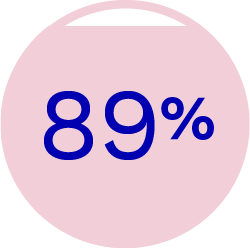
of black respondents
As of 2017, the percentage of jobs in computing and mathematical fields made up of men. Fewer than 15% were black or Hispanic.
Likelihood of companies in the top quartile for racial and ethnic diversity to earn above-average revenue in their industry.
Women and racial minorities are often considered under the same umbrella of stigmatized groups, but in the U.S. white women often comprise close to 40% of all employees in a professional setting. Black women and men rarely comprise over 5% in the same setting.
Religion

According to a 2016 study by the U.S. Equal Opportunity Employment Commission, religious discrimination claims have nearly doubled since 2001. For this reason, it is very important to understand what constitutes religious discrimination in the workplace.
Gender
White men typically make up to 85% of all board members and executives and 95% of all organization CEOs.
Blind auditions increased the probability that female musicians would be hired by between 25% and 46% in a study by Harvard and Princeton.
50/50: Teams with equal gender diversity outperform other teams in quality of work
Sexual Orientation
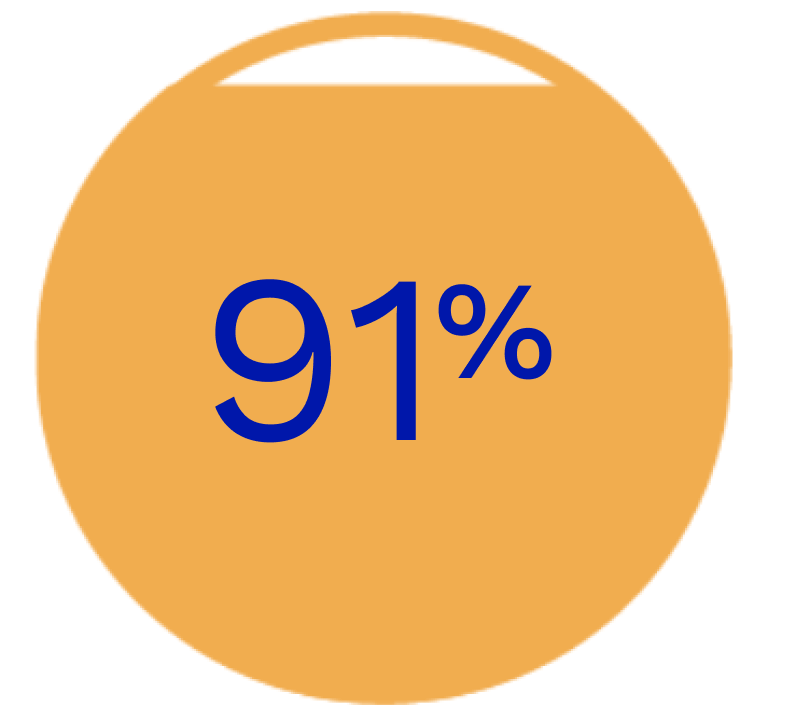
of Fortune 500 companies prohibit discrimination on the basis of sexual orientation.
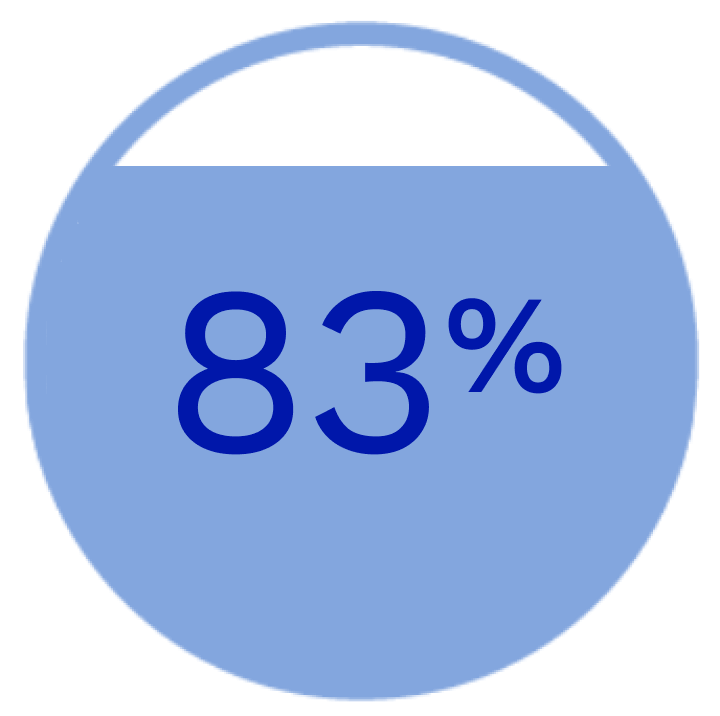
of Fortune 500 companies prohibit discrimination based on gender identity.
Disability
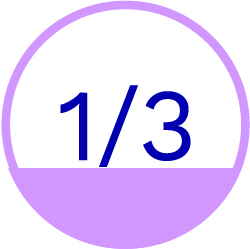
Number of respondents with disabilities who experience bias at work – the more visible the disability, the more likely the bias.
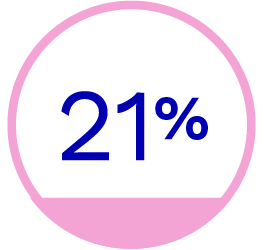
Portion of employees who feel comfortable enough to disclose a disability to HR.
Inclusion
Diversity means nothing without inclusion. A 2017 report shows organizations with inclusive cultures are:
2x more likely to meet/exceed financial targets
3x more likely to be high-performing
6x more likely to be innovative and agile
8x more likely to achieve better business outcomes
Why are Diversity & Inclusion Important Today?
Diversity is the future of the workforce – and rightfully so. Successfully cultivating a diverse and inclusive culture within your organization comes with a host of benefits – both tangible and intangible – from an improved ability to connect with your clientele, to an increase in team performance, to greater creativity and innovation, not to mention a huge boost to your employer brand and recruiting efforts.
At its core, it’s also one of the most impactful and meaningful ways for companies to walk the walk of a people-first mindset and help crystalize the values they hold to heart.
Bottom line, diversity is a competitive advantage – and one that’s primed to pay off for those willing to lean into it.
As the workforce in certain sectors continues to move towards automation, roles centered around creativity and innovation will increasingly become areas where humans can have the greatest impact and influence. Teams that can bring diverse points of view to a project in these instances will already be ahead of the pack; futureproofing themselves in a sense as industries around them continue to evolve.
Bottom line, diversity is a competitive advantage – and one that’s primed to pay off for those willing to lean into it.
While companies like Google, Facebook, and Apple are still far from perfect in the present, the effort and expense they’re exerting to begin shoring up their diversity gaps should be a clue that diversity and inclusion are the future of some of the world’s biggest organizations for a reason. Those who fail to see the value in that – from both a human, and business standpoint – may very well be left to tread water while the competition swims laps around them.
There are no one-size-fits-all solutions when it comes to diversity and inclusion, and every organization will need to find an approach that aligns with their DNA. But as with anything, progress here begins with a shift in mindset, an openness to change, and of course the willingness to listen to your people.
Get everything from understanding to action planning in our full Diversity & Inclusion content series.




